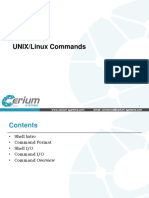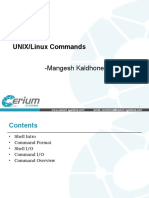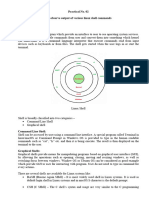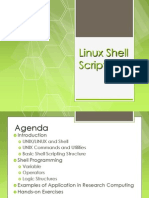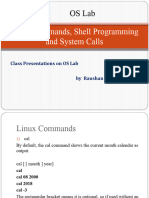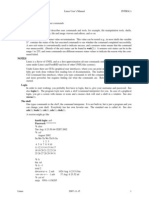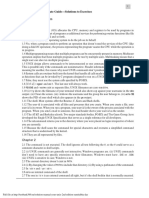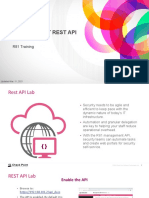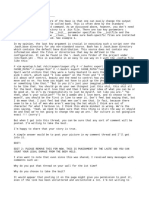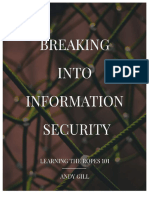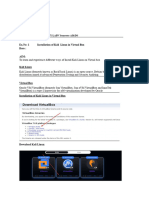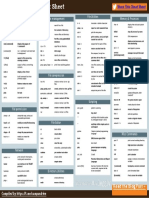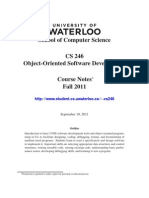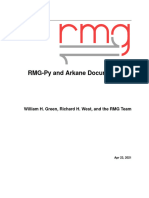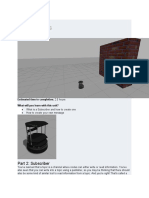0% found this document useful (0 votes)
10 views44 pagesLecture Two
This document provides an overview of UNIX commands, including shell introduction, command format, and input/output operations. It details various commands such as 'man', 'which', 'passwd', 'ls', and file manipulation commands like 'cp', 'mv', and 'rm'. Additionally, it covers command grouping, aliasing, and permissions management with 'chmod' and 'grep'.
Uploaded by
stevemokaya13102Copyright
© © All Rights Reserved
We take content rights seriously. If you suspect this is your content, claim it here.
Available Formats
Download as PPT, PDF, TXT or read online on Scribd
0% found this document useful (0 votes)
10 views44 pagesLecture Two
This document provides an overview of UNIX commands, including shell introduction, command format, and input/output operations. It details various commands such as 'man', 'which', 'passwd', 'ls', and file manipulation commands like 'cp', 'mv', and 'rm'. Additionally, it covers command grouping, aliasing, and permissions management with 'chmod' and 'grep'.
Uploaded by
stevemokaya13102Copyright
© © All Rights Reserved
We take content rights seriously. If you suspect this is your content, claim it here.
Available Formats
Download as PPT, PDF, TXT or read online on Scribd
/ 44


